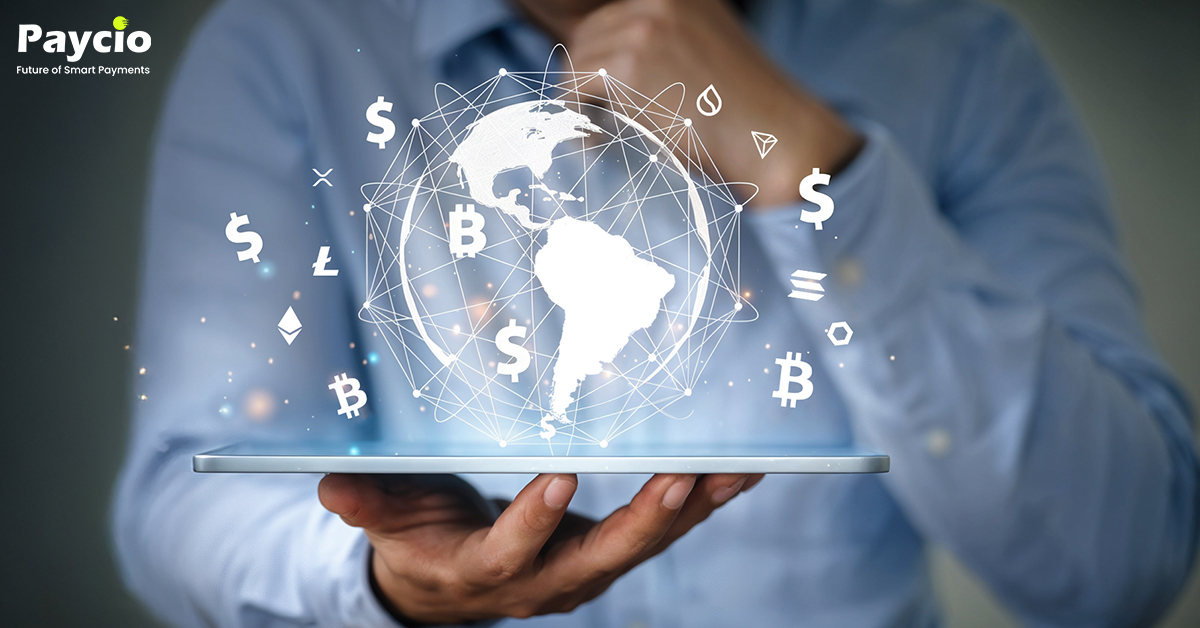
In a world where businesses and individuals are more connected than ever, cross-border payments are the backbone of the global economy. Whether you’re sending money to family overseas or accepting payments from international customers, these transactions have become vital for modern life. But let’s face it—while the potential is top-tier, the process can sometimes feel like moving a maze.
So, how do cross-border payments work, and how can you make the most of them? Scroll down to explore and uncover the answers!
When people in different countries send money to each other, this is called a cross-border payment. In these kinds of deals, money is sent across countries, and the transfer usually goes through a number of middlemen, like banks, payment gateways, or digital platforms.
Suppose you’re an entrepreneur in Germany who wants to pay a supplier in India for raw materials, or you’re a freelancer in the Philippines receiving payment from a client in the US. These are classic examples of cross-border payments in action. They’re crucial for trade, remittances, and e-commerce, enabling global connections and growth. Whether it’s buying goods, sending money, or expanding your business, cross-border payments make it all possible.
When it comes to cross-border transactions, there’s a panoramic array of methods to choose from, thanks to advancements in financial technology. Here’s a snapshot of the standout options reshaping global payments:
Digital wallets like PayPal and Alipay have revolutionized cross-border payments, allowing users to store funds electronically and transact globally with ease. Think of it as a digital piggy bank where you can stash your money and send it wherever it needs to go, no matter the distance.
Mobile payment apps like Venmo and Cash App are gaining traction for smaller international transfers. They’re fast, efficient, and let you pay with just a few taps—like carrying a pocket-sized bank. However, their reach is limited to certain regions, so check availability before sending.
Blockchain is transforming cross-border payments with speed and transparency. Platforms like Ripple and Stellar let you send funds directly—like giving your money a fast pass, no intermediaries needed.
Cryptocurrencies like Bitcoin and Ethereum allow you to make transactions with your preferred digital currencies, enabling seamless peer-to-peer international transfers. However, challenges like price volatility and regulatory hurdles still linger.
BNPL services give buyers the freedom to shop now and pay in installments, making large purchases feel more manageable. Why pay all at once when you can pay it off over time and still get what you want now?
Bank-to-bank transfers are a traditional method of cross-border payments. Though secure, they can be slow and expensive due to intermediary banks.
Credit cards like Visa and MasterCard are widely used for international payments. However, they often include foreign transaction fees and exchange rate markups.
Cross-border payments may seem straightforward, but they involve a multi-step process that ensures funds travel securely from one country to another. Here’s a behind-the-scenes look at how it works—imagine you’re sending money overseas:
While it sounds outstanding, these payments often encounter delays, higher fees, and compliance hurdles due to the complexities of working across borders. Still, with upgrading technologies like blockchain and digital wallets, the process is becoming faster and more efficient every day.
Why are cross-border payments so essential? Here’s a crystal-clear snapshot of what makes them indispensable:
These benefits offer a sweeping perspective on how cross-border payments are transforming global commerce and personal finance.
It’s not all smooth sailing—cross-border payments come with their own set of hurdles. Here’s a 360-degree insight into the common challenges:
Despite these challenges, solutions like blockchain and digital payment platforms are steadily addressing these issues, offering a grand perspective on how cross-border payments are evolving.
Many of these challenges can be mitigated with modern payment solutions that leverage innovative technologies to streamline and simplify cross-border transactions.
Paycio supports crypto payments instantly through your mobile number, scanning a QR code to pay, or converting funds directly to fiat in your bank account—all with some of the world’s lowest fees. Here’s a sweeping perspective on how Paycio transforms cross-border payments:

By now, you’ve explored how cross-border payment work, the challenges they face, and the innovative solutions redefining them. To finalize, cross-border transactions are set to thrive with innovative solutions like Paycio, making transactions simple and instant, whether you're sending funds or expanding your business.

Learn about cross-border payments, including digital wallets, blockchain, EFTs & more. Discover how Paycio simplifies global transactions.






